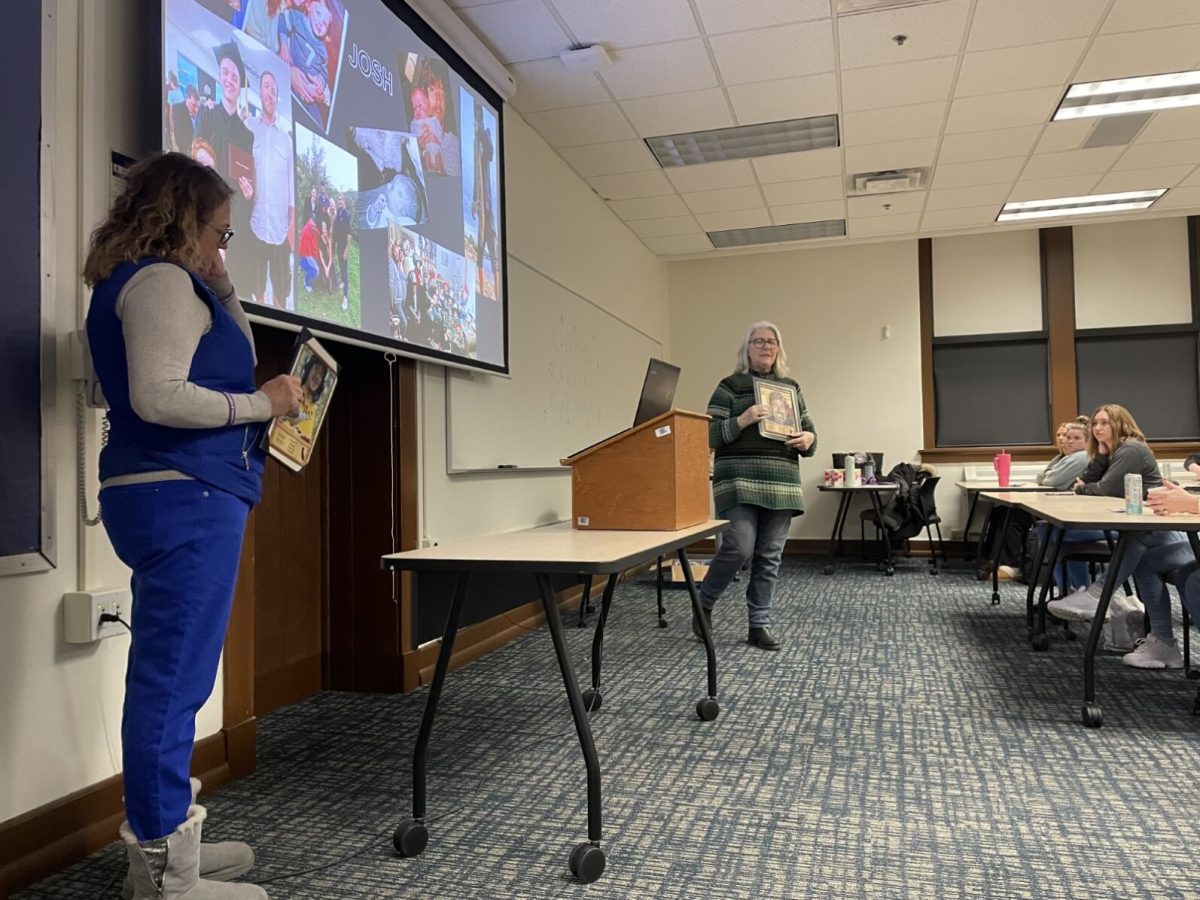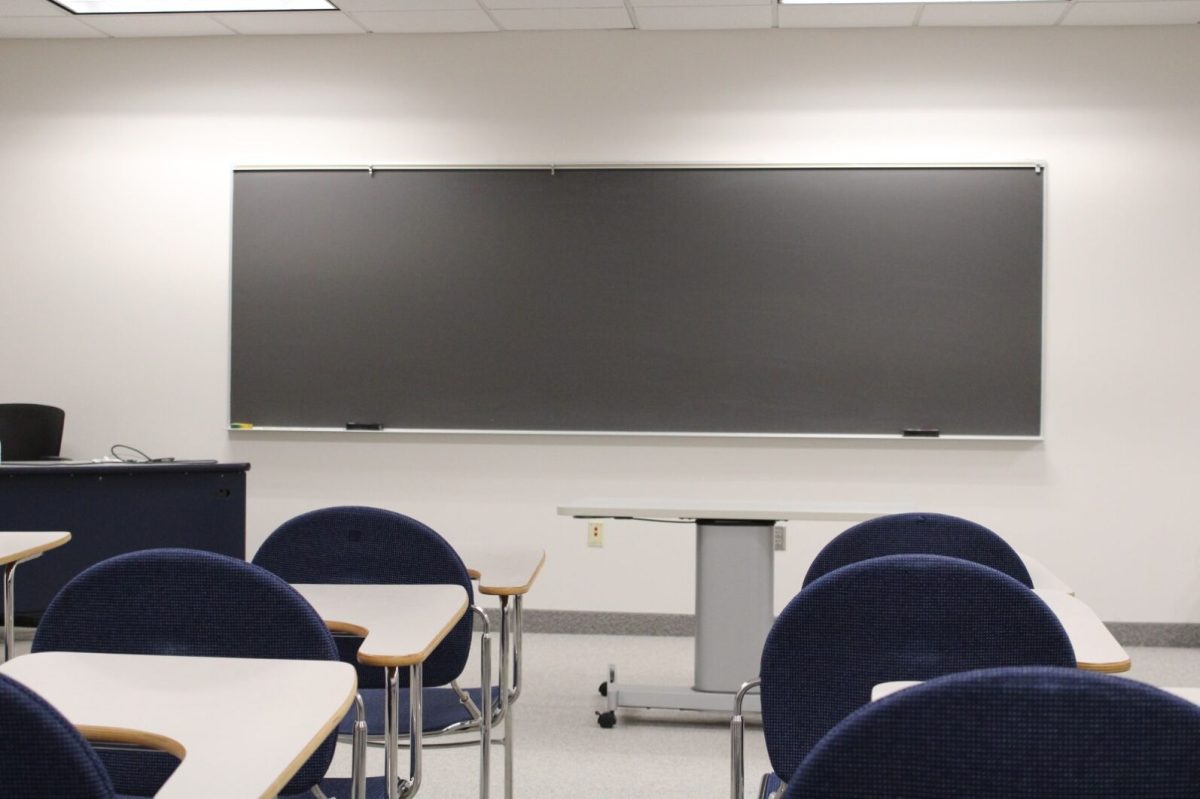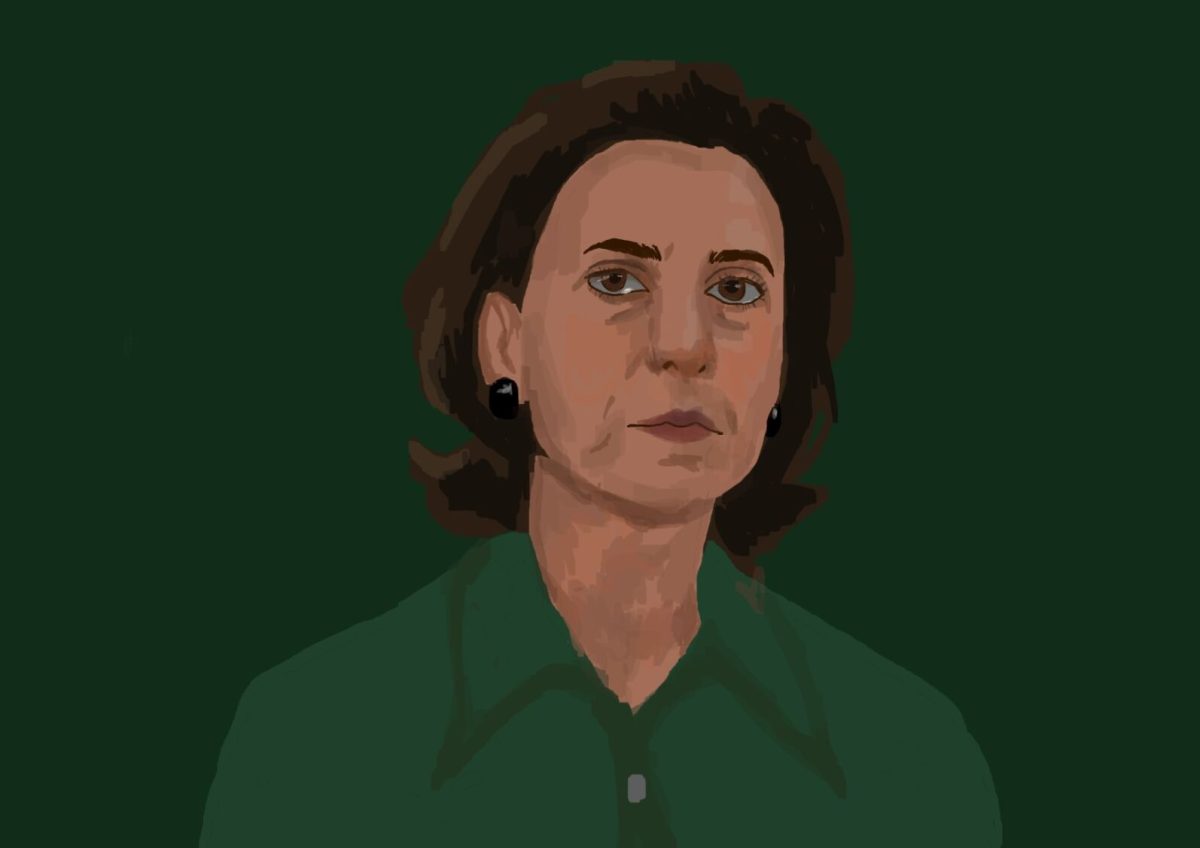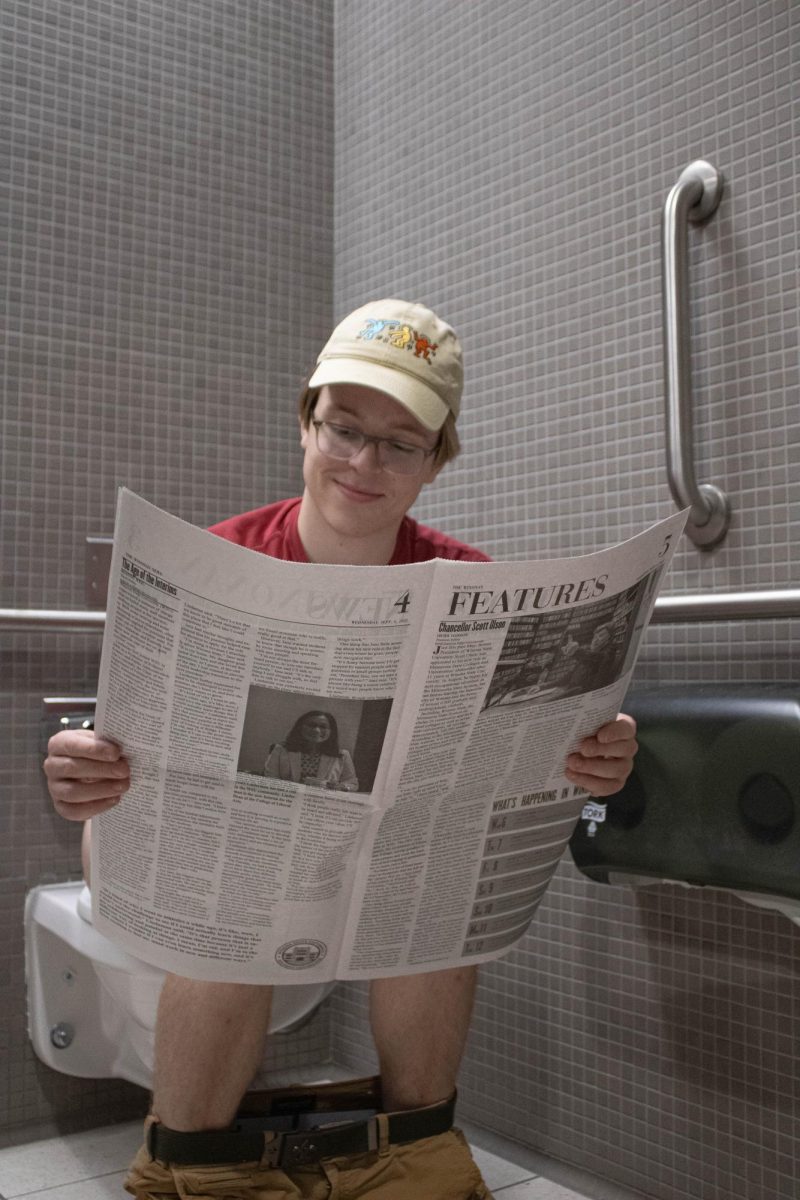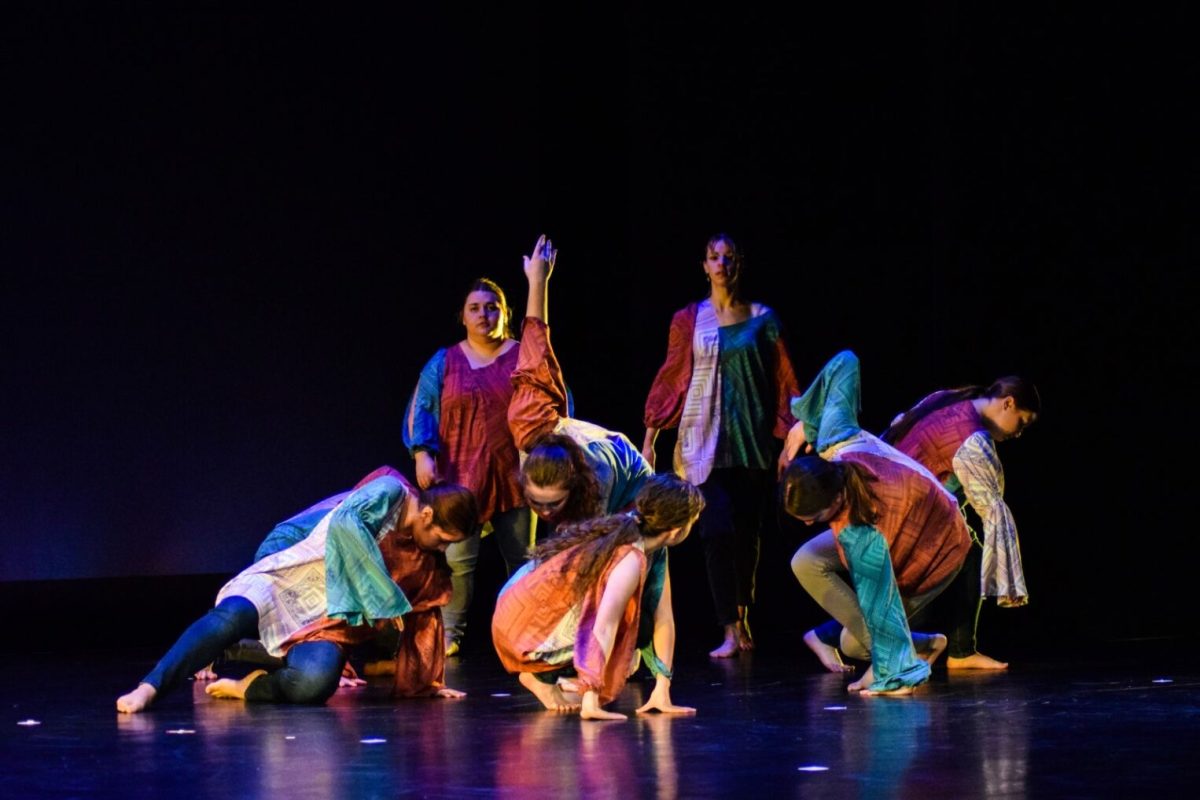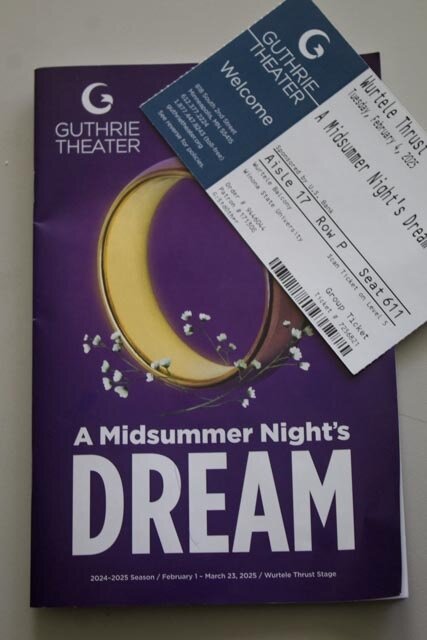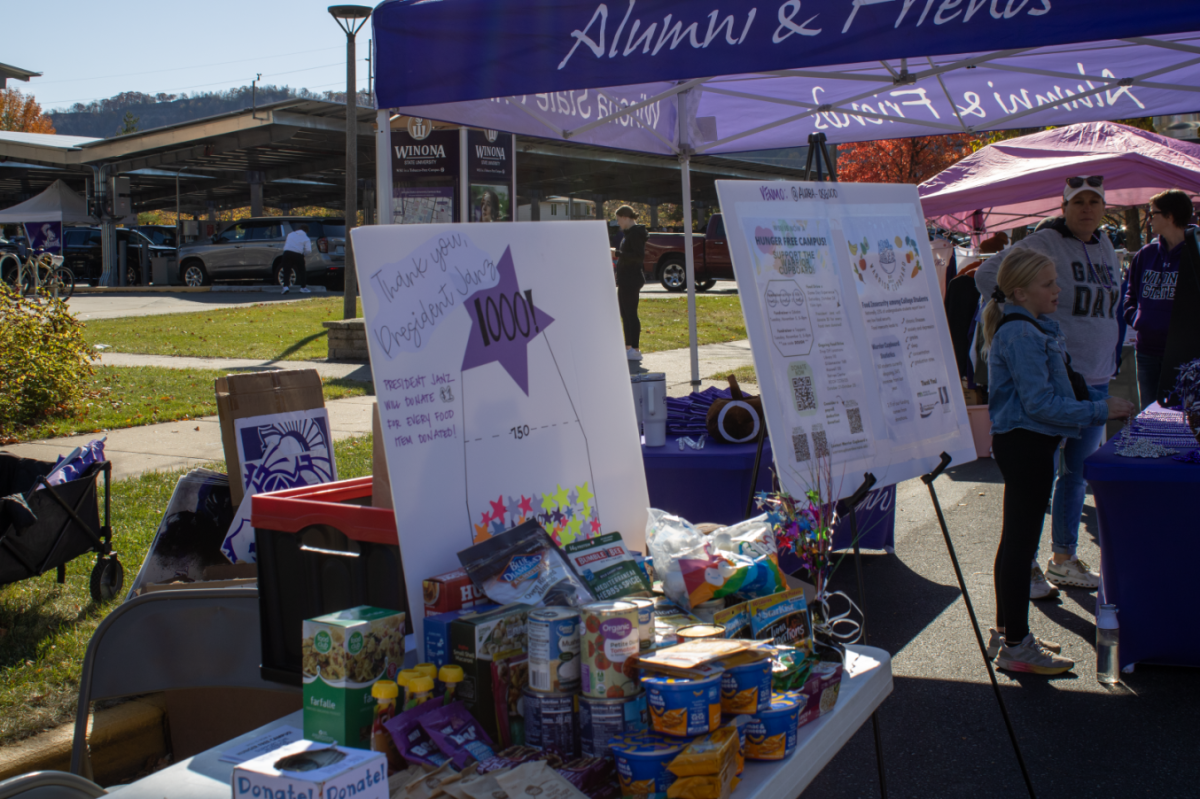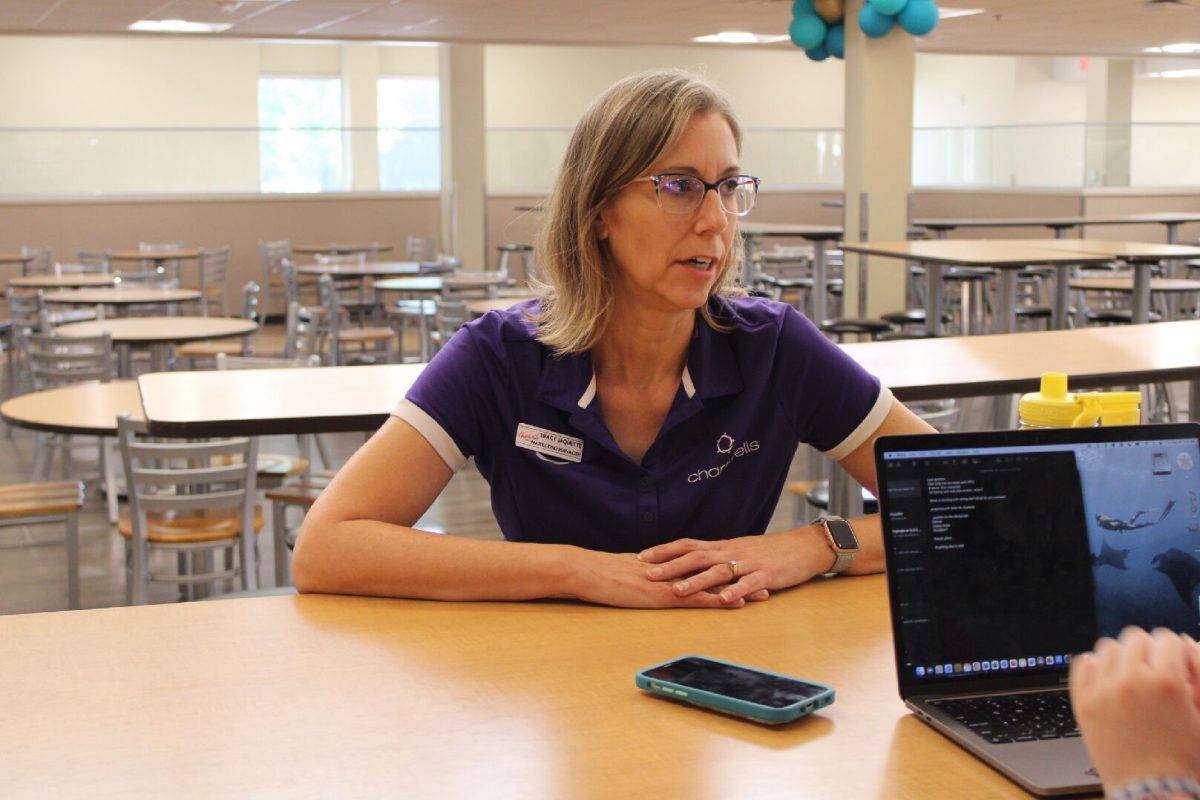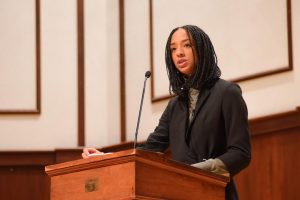Visiting author, Carolyn Porter, and the story behind her book, “Marcel’s Letters: A Font and the Search for One Man’s Fate”
Contribtued from: Creativepro.com
Carolyn Porter visited Winona State University to read excerpts from her book, “Marcel’s Letters: A Font and the Search for One Man’s Fate”.
March 29, 2023
Being a full-time graphic designer, Carolyn Porter studied typography growing up, which is the shape and form of letters. However, it was her hidden love for handwritten notes and old handwriting that sparked the beginning of her incredible journey.
After nearly a decade of mimicking and creating a font based on the handwriting of a $6.40 letter she found at an antique store in Stillwater, Minnesota, Porter had no idea of the history she had in her possession.
Porter was intrigued by the structure and technique used to write the letters she found and spent years trying to create a font just like it. Since it was written in French, she never bothered learning what it said. When Porter finally took it in for transcription, she was beyond surprised at what she found.
“After nine years, I had one of the letters translated,” Porter said. “The first letter raised more questions than it provided answers, so I got all five translated, only to find out the man who wrote them, Marcel, was writing those letters during WWII in a Nazi labor camp in Germany.”
When she finally read through the transcriptions, Porter learned Marcel’s background and purpose behind writing the letters.
“He was writing home to his wife and three daughters who were back in France,” Porter said. “These extraordinary letters are filled with love and affection, but also testimony of life inside a labor camp. They have the best and worst of humanity in these pages, and I had no idea.”
Porter then became obsessed with learning who Marcel was, why he was in the labor camp, why his letters were available for sale at an antique store, what happened to his family, and of course, if he made it home or not, all while still working on the font.
“I bought the letters, brought them home, scanned them in, and for the next nine years, I worked on the font during evenings and weekends,” Porter said. “It was only ever a side project.”
After having such a remarkable story of her own, Porter decided to write a novel on her experiences with the letters and her font, which she titled “Marcel’s Letters”.
“The book combined the story of the design of the font, Marcel’s extraordinary letters, and then this obsessive search about information on why he was there and what happened to him,” Porter said.
Dr. Debra Cumberland, English professor at Winona State University, read Porter’s story and was immediately drawn in. She invited Porter to speak with her students and read excerpts from her novel.
“I did a lot of research,” Cumberland said. “I tried to find a work of creative non-fiction that I thought was really well written and would work well with my class and be engaging for the students.”
Throughout the school year, Cumberland and other professors research and contact writers they believe will have an impact on their students.
“As a member of the English Department and the Creative Writing Faculty, we bring visiting writers to campus as part of the Great River Reading Series,” Cumberland said. “Every year we look for people who we think would fit well into our curriculum.”
Cumberland further explained that these authors and events greatly affect her students and the department.
“I think they’re very important because it’s a chance for our creative writing students to meet with writers and talk to them about their work,” Cumberland said. “How they crafted their work, the publication process, the writing process, the research process, so I think that’s a very valuable experience.”
When referencing her visit to Winona and Cumberland’s class, Porter had nothing but positive things to say, and she was grateful for the warm welcome she received.
“I met with a great class of students, and it was a lot of fun,” Porter said. “The students that I met were fantastic and I met faculty, too. I’m filled with warm fuzzies about my trip to Winona.”
Porter touched on the fact that she was not too familiar with the complex history Marcel’s story contained.
“I’m not a historian, and I don’t consider myself a font expert either,” Porter said. “I didn’t know a lot about French forced labor in WWII before all of this happened, so if I can stumble upon a story like this, I think anybody can.”
Porter reflected on how unique this experience was for her and her life.
“This was a strike of lightning,” Porter said. “I don’t presume that I could ever be lucky enough to find letters like that again.”




